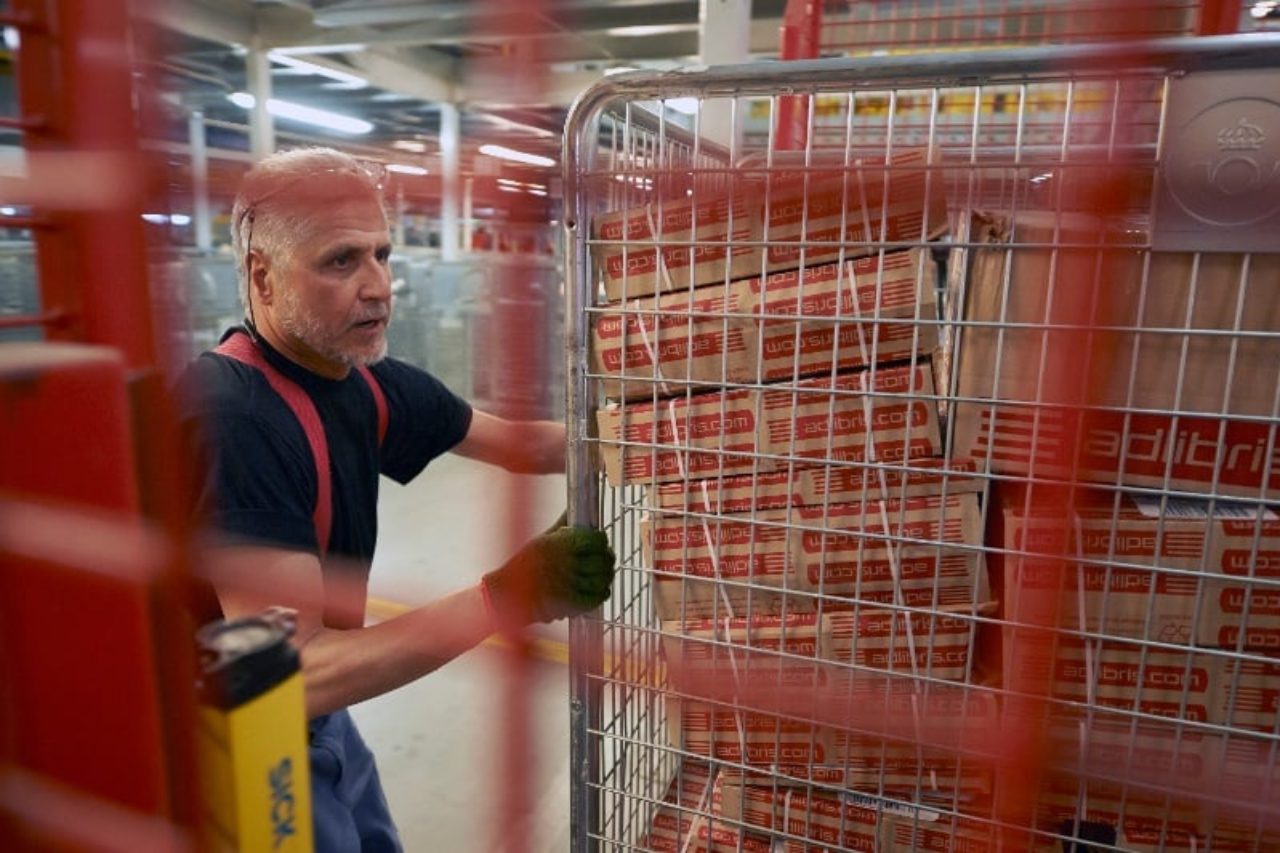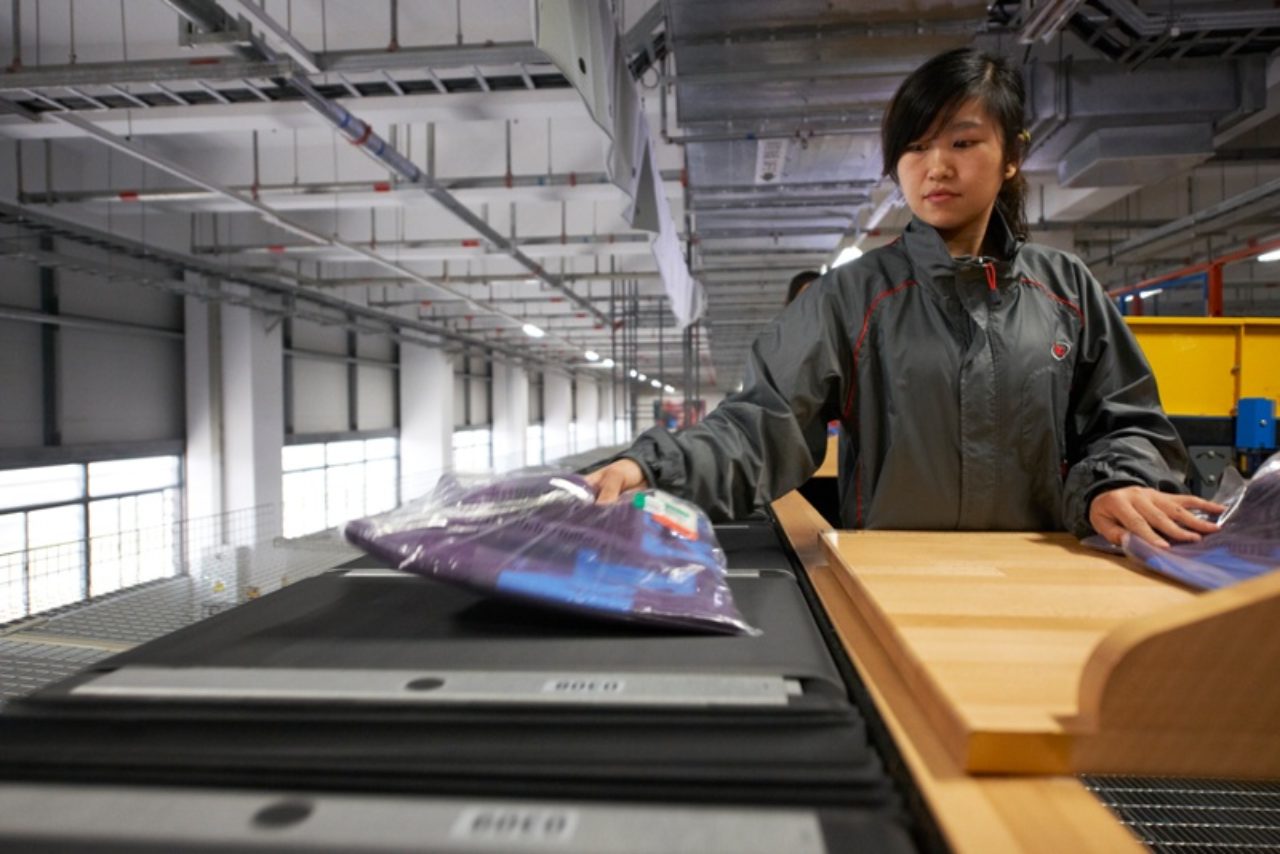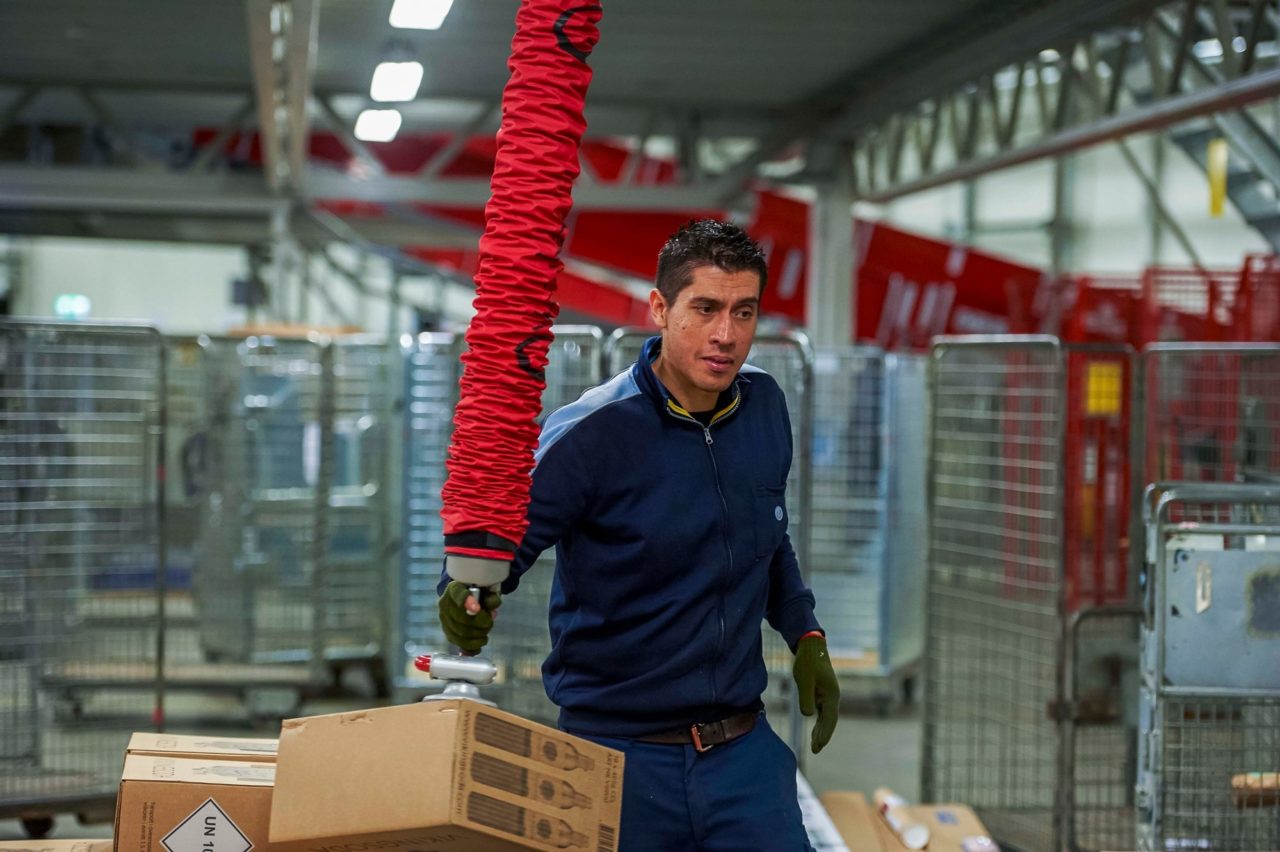Developing a safe work environment
As working environments become more and more automated, safe operation must remain a top priority in sorting centres.

As working environments become more and more automated, safe operation must remain a top priority in sorting centres.
By BEUMER Group
Automated material handling systems in sorting centres often perform difficult tasks and help keep operators out of unsafe conditions, but the automated equipment still must be safe for operators to work around.
Of course, manufacturers and workplaces have a legal responsibility to ensure that material handling systems fulfil all safety requirements in accordance with regulations and standards, but it is even more important to provide an overall safety concept that is understood by every employee.
Material handling systems should be designed so safety and functionality go hand-in-hand, guaranteeing a safe working environment. And every piece of equipment should be designed with safety in mind. Access to any dangerous parts of any equipment should be restricted.
Safety doors, locks, controls, access codes and other safeguards should be employed in any warehouse or sorting centre to detect persons entering dangerous areas and stop any equipment so it will stop before anyone is exposed to danger.
Safety procedures and instructions must be clear to anyone operating and working in the system.
Safe operation depends on a number of factors including: lay-out, the machinery and equipment in use, environmental conditions and human contact with the equipment. Other relevant factors should be considered by those with the right skills, knowledge and experiences.

A safe material handling system shoulds start in the design phase. Accessibility and the designation of open areas, operator working areas, restricted areas and unsafe areas should be addressed to ensure that material handling systems function safely.
Escape routes should be designed to ensure safe exit in case of an emergency.
A risk assessment can help analyse potential hazards in material handling systems. An effective assessment will look at the safety of the system during normal procedures such as daily operation, troubleshooting, maintenance, cleaning and inspection.
An assessment should provide a clear description of the applicable design safety measures to be implemented and be the starting point of an overall safety plan. When the risk assessment is created, evaluated and then implemented correctly, it is possible to prevent issues cropping up later that can affect not only safety but also overall operations and costs.
All instructions should be documented in a user manual, operations manual, installation manual or maintenance manual.
In the distribution world, day-to-day delivery is becoming the industry standard, so providers are under increasing pressure to distribute faster. Automation enables high-speed sortation, but for human operators to interact safely and efficiently with automated systems, they need intelligently designed workplaces.

Companies are designing work environments that are safe and less taxing. In this regard, ergonomics is not just about designing workplaces to a minimal safety standard, it’s also about humanising workstations. In a marketplace where both finding and retaining quality employees is increasingly difficult, a more carefully designed and comfortable workplace could help operators hold on to its labour force.
On a global level, regulations for work environment safety and health are generally becoming stronger. In order to be CE certified, distribution centres in the European Economic Area need to comply with the EU Directive on machinery, which includes directions specifically about ergonomics.
While people work at varying speeds, automated systems never rest or slow down. Ergonomics can help support workflows that can be performed at a moderate pace over a longer period of time without exhaustion.
Newer technology is not only increasing distribution capacity, it is also improving work environment quality. Such systems reduce the amount of heavy lifting, repeated movements and unnatural working positions. There are several things distributors can do to ensure ergonomics-based design of sortation systems.
Ergonomics can help optimise operations while limiting work hazards, like heavy lifting, repeated movement and unnatural working positions.

Ergonomics research also contributes to the innovation of sortation systems themselves.
For example, when calculating the right ergonomic position for a new type of sortation system, BEUMER Group found that a certain movement performed by operators when handling items could in fact also optimise the position of items for camera or scanner recording.
Global trends in automated logistics point to more industry regulations favouring operator safety.
Designers and technical consultants at BEUMER Group work with customers to translate regulations into practical solutions that contribute to a better work environment and improve employee productivity and retention.
Providing operators with training and clear instructions, conducting safety inspections, and implementing warehouse safety measures can help maintain a safe, secure and healthy working environment.
Was this article helpful for you? Then share it right away in your social networks.